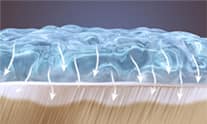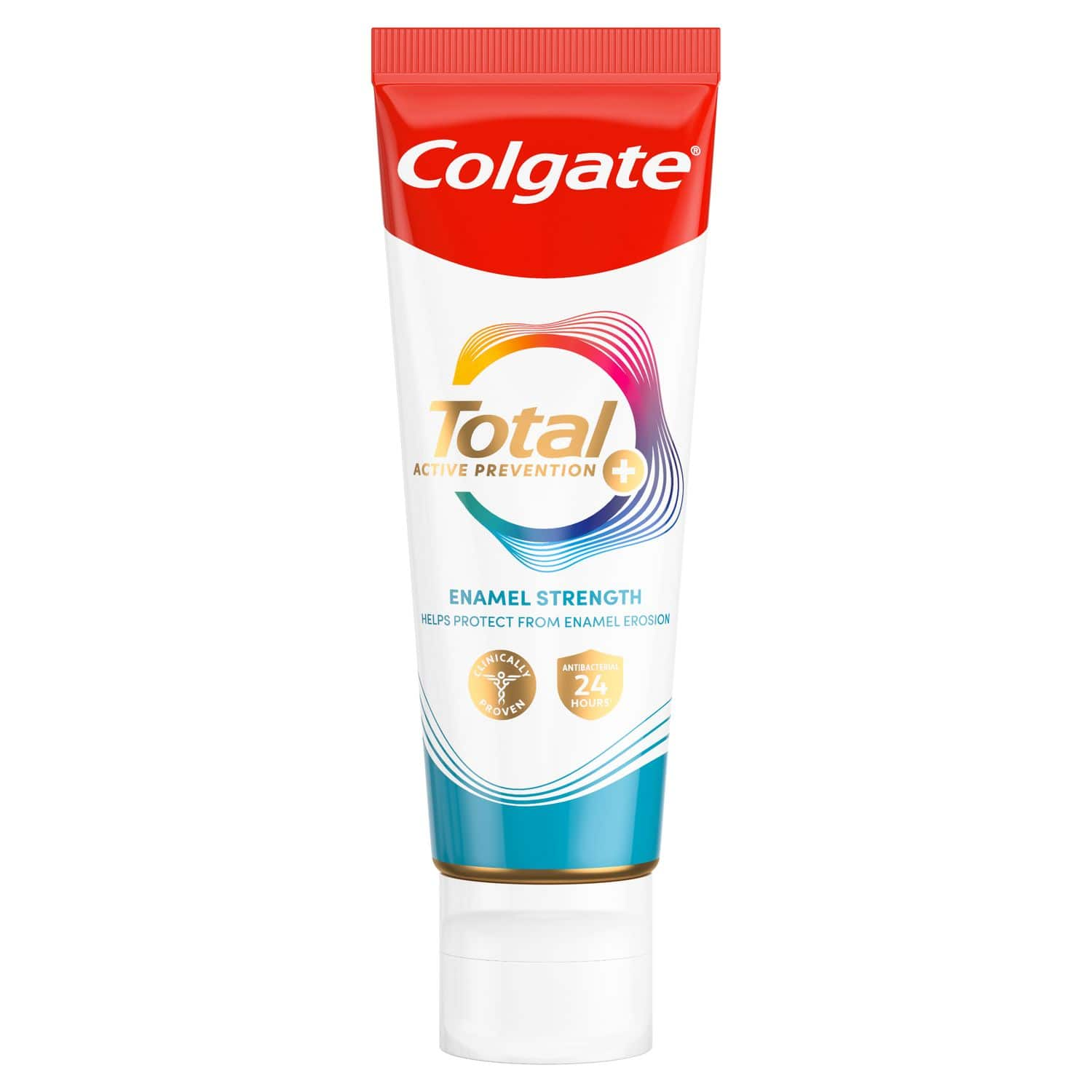-
-

FLUORIDE
What Is Stannous Fluoride Toothpaste?Stannous fluoride toothpaste helps prevent cavities, reduce sensitivity, fight plaque, and support daily gum and enamel health.

TEETH WHITENING
Why Should I Whiten My Teeth?Maybe you've always wanted a beautiful white smile. Or your teeth have yellowed over time...
-
Science & Innovation
- ORAL HEALTH CHECK
- PRODUCT MATCH
- Colgate® | Toothpaste, Toothbrushes & Oral Care Resources
- Oral Health
- How Does Tooth Whitening Work?


There are many ways to whiten your teeth-from whitening toothpastes and other products that can remove surface stains, to light-activated whitening techniques in a dentist's office and can produce dramatic results.
All whitening techniques work in one of two ways:
 Bleaching removes both deep & surface stains.
Bleaching removes both deep & surface stains.Bleaching procedures change your natural tooth color, usually anywhere from three to five shades brighter. In-office (chairside) whitening and at-home (tray) whitening both rely on bleaching. Bleaches contain an active ingredient, most often carbamide peroxide or hydrogen peroxide in concentrations of 10-22%, which helps remove both internal discolorations and surface stains.
• A light-activated whitening session in a dentist's office, sometimes called chairside bleaching, results in instantly and often dramatically whiter teeth. However, after a year or so, your teeth may become slightly discoloured again and develop new stains.
• A custom mouthpiece tray is made by your dentist for in-home bleaching. You typically wear it several hours a day or overnight for two weeks. When you notice new staining, you just wear the tray again for a night or two to take the stains off.
• Ask your dentist for over-the-counter products for whitening teeth (those found in a Pharmacy)
 Abrasion removes most external stains.
Abrasion removes most external stains.Non-bleaching procedures work by physical action to help remove surface stains. All toothpastes rely on mild abrasion to remove surface stains between dental visits. Whitening toothpastes have special polishing agents that provide additional stain removal. A professional cleaning by a dentist or hygienist also uses abrasion and polishing to remove most external staining caused by food and tobacco.
Copyright © 2002, 2003 Colgate-Palmolive Company. All rights reserved.
Related Articles

Selecting dental products
What Products Are Available From My Dentist For Home Tooth Whitening?Discover products available from your dentist for home tooth whitening. Learn about types, how they work, and their effectiveness.

Teeth whitening
Can you get stained teeth from tea?We know that coffee can stain those pearly whites, but does tea stain teeth too? The answer is yes. In fact, tea might be even more… Read more at Colgate.com

Teeth whitening
How to Get Whiter Teeth With the Right FoodsIf you're wondering how to get whiter teeth, whether or not you also use a whitening product, keep the following foods in mind to help you along the way.
Related Products

Helping dental professionals
More professionals across the world trust Colgate. Find resources, products, and information to give your patients a healthier future







